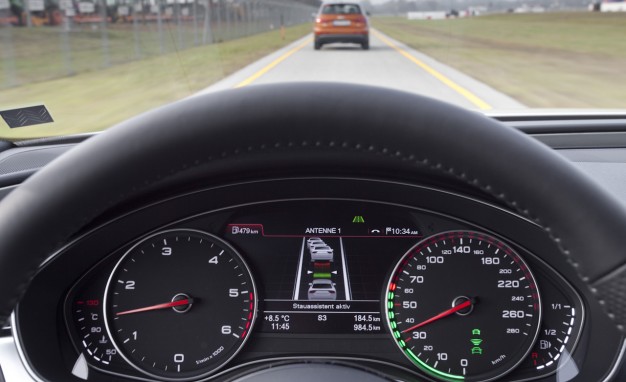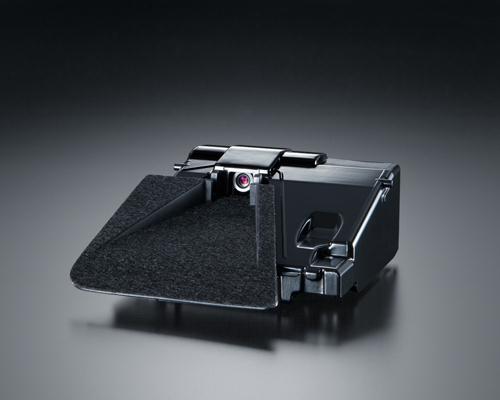Driver aids that were only once available on flagship vehicles, like the Mercedes-Benz S-Class, are trickling down into everyday cars. One of those safety technologies is lane keeping assist. Regardless of what the manufacturer calls it, the lane keeping system is designed to help keep the vehicle driving in the correct lane, even if the driver is distracted or becoming drowsy. Now that it is becoming popular, and less expensive to option, we thought we would take a look at the system and see if it is an option that should be ordered on your next vehicle purchase.
The process of lane keeping is a fairly simple one. The vehicle, whether or not the driver is interacting or not, stays in the lane it is currently in. There are several ways the vehicle goes about performing this task, and some manufacturers take a slightly different approach to implementation, but the concept remains the same. Stay in the lane. Our friends over at Gotta Be Mobile sampled Ford’s implementation and recorded video of it working.
Regardless of the manufacturer, there is a camera mounted high on the windshield that is constantly watching the road ahead. That data is fed to an on-board computer system that extrapolates where the lines on the road are located. In areas where the lines are not dark enough, or if only the center line is visible, the system will be unable to work at 100% effectiveness. Electric power steering assist systems, which are standard on most vehicles, are manipulated by the on-board computer to steer within the lines.
The first-time sensation of the car steering for itself is a bit unnerving, but because the computer can control all aspects of the driving experience, it is able to correct for when the vehicle begins to drift out of its lane. On Ford’s system, the computer will only correct when the vehicle approaches the line. That means that if the driver were to take his or hands off the wheel, the car would ping pong down the highway bouncing from one side of the lane to the other.
In comparison, we sampled the system in the Acura MDX, and the system worked a bit differently. The camera still existed, as well as the on-board computer and automatic correcting, but it corrected differently. The system actively worked to keep the vehicle in the middle of the lane, intervening more often, to make the corrections smoother. When removing hands from the wheel, the system would drive straight down the lane, instead of ping ponging like the Ford system. We liked that there was less intervention in the Ford, but because the Acura system intervened more often, the interventions were not as jerky or alarming to the driver.
Ultimately, both of these systems are designed to help identify a drowsy driver. If the driver does not take control of the steering wheel after a few seconds, an alarm will sound and advise the driver to pull over to rest. Additionally, the system would be helpful in the case of a driver driving distracted.
The system is far from perfect. Since the road cannot communicate with the vehicle and since vehicles can’t yet communicate with each other, the system depends on being able to see the lines on the road. This makes it good for a highway, but not as great on smaller roads. At this point, manufacturers are bundling this technology with other active driver assists, such as radar-assisted cruise control, or an overall technology package. That means your next vehicle may include the technology whether you like it or not. Luckily, all manufacturers at this point make the system off by default. The system can be switched both on and off at will as well. We ultimately think the system will save lives and is a good option to have on your next vehicle.


